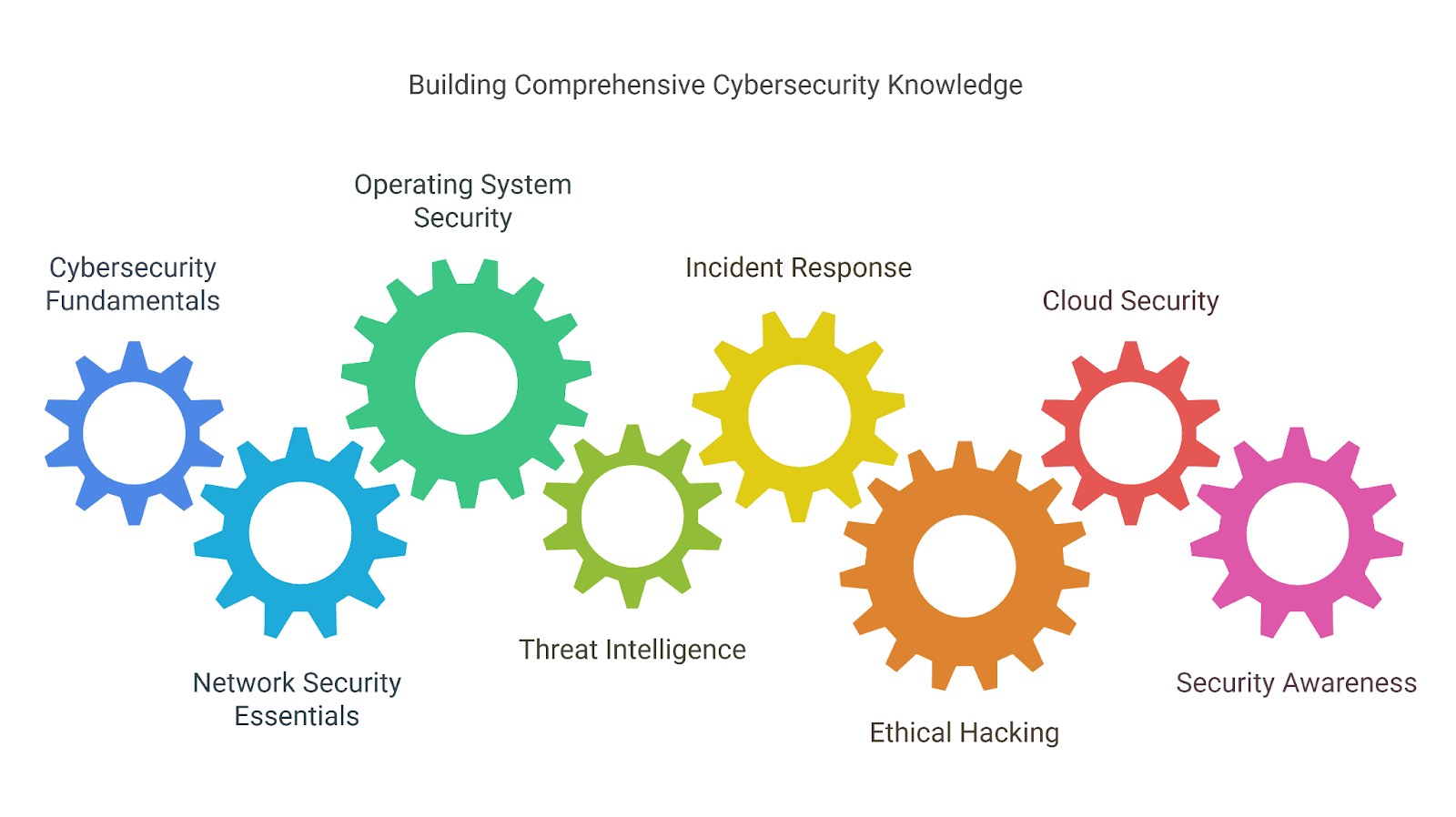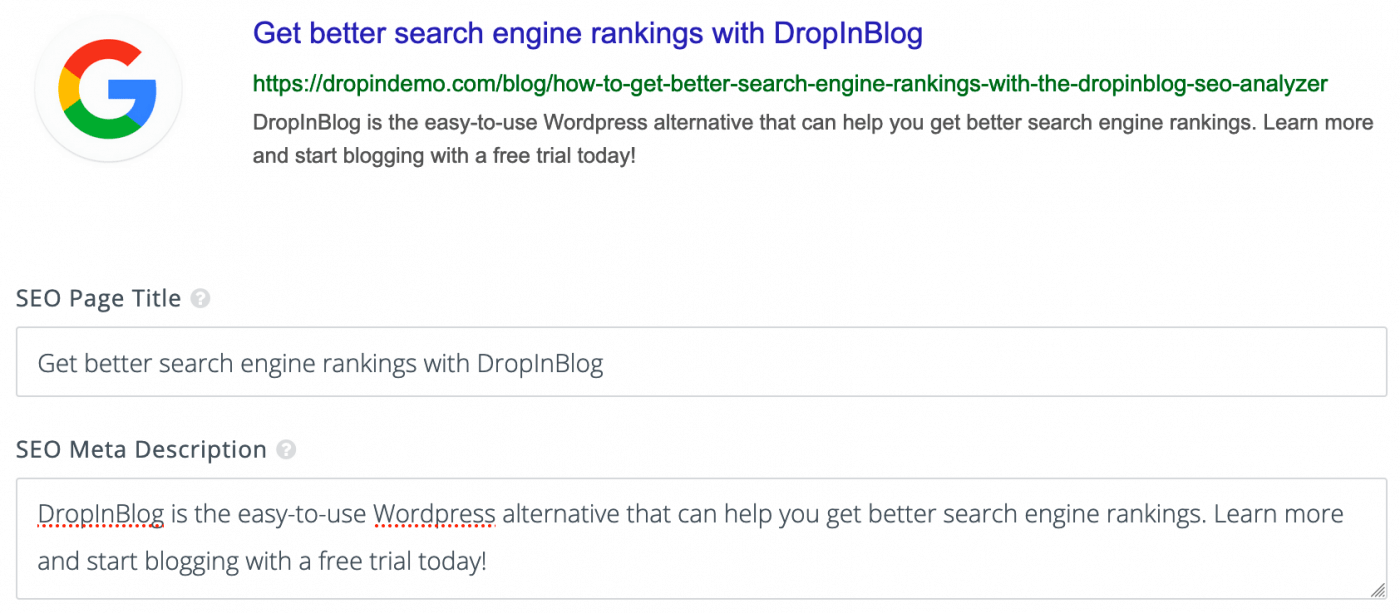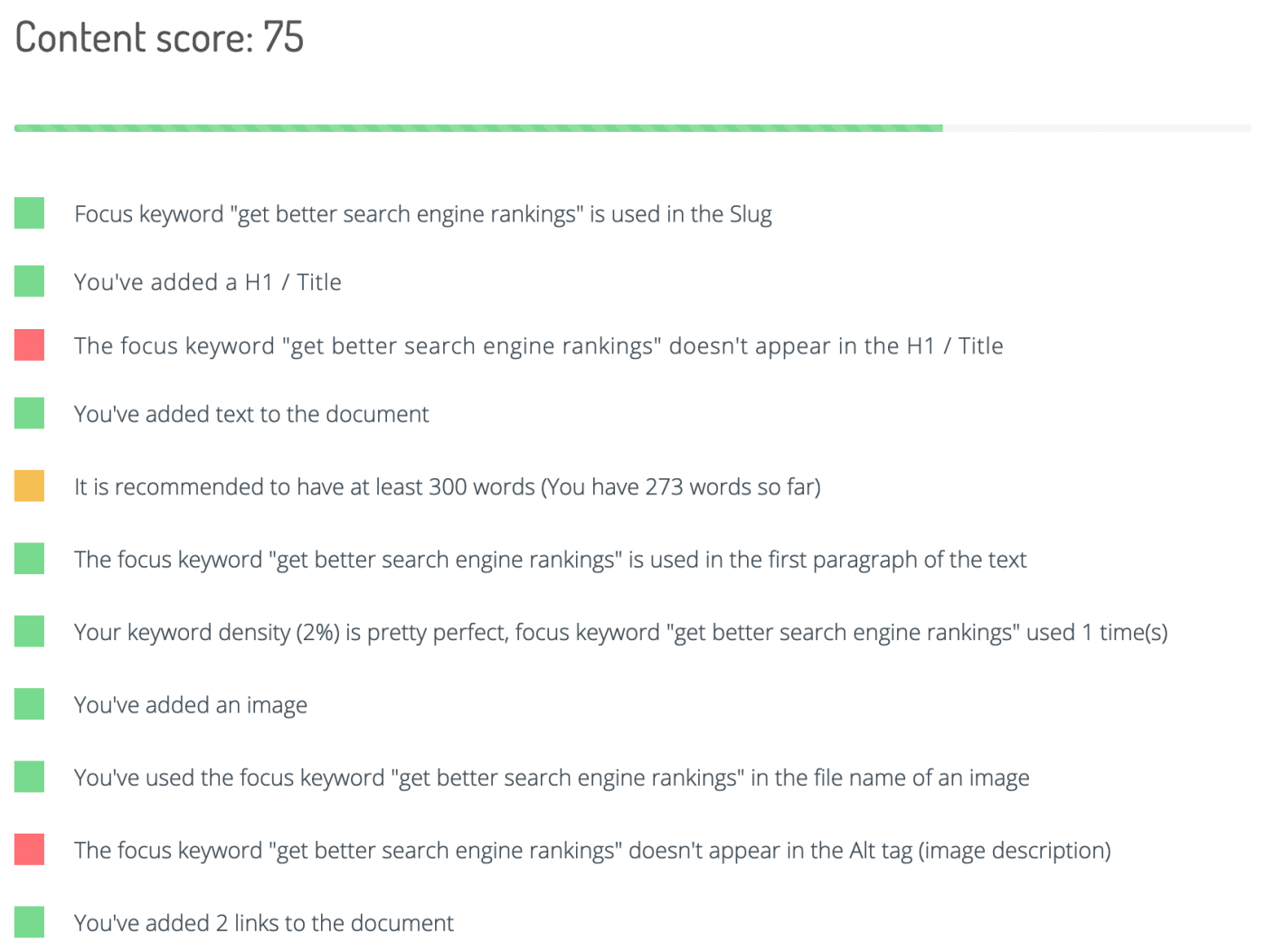Table of Contents
Cybersecurity. It’s the digital Wild West, and companies are hiring sheriffs (that’s you!) to protect their data. But with so much information out there, diving into this field can feel like trying to drink from a firehose. The good news? You don’t need to be a coding wizard or a tech guru to get started. The right cybersecurity certification for beginners provides a solid foundation, opening doors to a career protecting digital assets across industries – from finance to healthcare and beyond.

With cyber threats constantly evolving and organizations desperately seeking skilled professionals to defend their digital domains, now is the perfect time to embark on a cybersecurity career. No matter your background, starting with a beginner-friendly certification can pave the way for exciting and rewarding opportunities.
This comprehensive guide is designed to walk you through the top beginner certifications, highlighting their benefits and guiding you on how to transition from a complete novice to a competent cybersecurity professional. We’ll explore why certifications are crucial, the key benefits they offer, the most beginner-friendly certifications available in 2025, and how to choose the right path for your unique career goals.
Why Do Beginners Need Cybersecurity Certifications?
Think of cybersecurity certifications as stepping stones on your career path. Even if you’re lacking in technical experience, these beginner-friendly certifications provide essential knowledge, covering cybersecurity basics such as system protection, malware detection, and data security. They offer structured training that eases you into this dynamic field, validating your skills and ensuring that employers take notice.
In today’s competitive job market, a cybersecurity certification can be the key that unlocks doors to exciting career opportunities and a fulfilling professional journey.
Start your journey in cybersecurity with confidence by reading our comprehensive guide on Beginner Cybersecurity Certification: Your Detailed Guide to Success
Key Benefits of Certifications for Beginners
Certifications offer numerous advantages for individuals starting their careers, particularly in fields like cybersecurity. Here’s an expanded look at these benefits:

Quick Learning Curve
-
Breaking Down Complex Concepts: Certifications are designed to break down complex technical concepts into manageable pieces, making it easier for beginners to understand and absorb the information.
-
Boosting Confidence: As you progress through a certification program, you gain confidence in your abilities. This confidence is crucial for tackling more advanced topics and real-world challenges.
Career Opportunities
-
Enhancing Your Resume: Certifications make your resume stand out in a competitive job market. They showcase your dedication to acquiring new skills and demonstrate your commitment to professional development.
-
Competitive Advantage: In a crowded job market, certifications can give you a competitive edge over other candidates. Employers often prefer candidates with certifications as they reduce the risk of hiring individuals with inadequate skills or knowledge.
Hands-On Knowledge
-
Practical Application: Many certifications integrate labs and simulations, which prepare you for real-world challenges. This hands-on experience is invaluable for applying theoretical knowledge in practical scenarios.
-
Real-World Challenges: By participating in simulations and labs, you gain experience in handling real-world challenges, making you more adept at solving problems in your future role.
Salary Boost
-
Entry-Level Salaries: Entry-level cybersecurity roles typically pay between $50,000 to $80,000 annually. This provides a solid foundation for your career, with plenty of room for growth as you gain experience and expertise.
-
Growth Potential: As you progress in your career and acquire more certifications or experience, your salary can increase significantly. This growth potential is a major incentive for pursuing certifications.

Learn about the earning potential and benefits of various cybersecurity certifications by reading our detailed article on Cybersecurity Certification Salary.
Industry Recognition
-
Respect and Recognition: Certifications are widely recognized and respected by employers across the industry. They demonstrate your commitment to professional development and validate your skills.
-
Global Standards: Many certifications, especially in cybersecurity, are recognized globally. This means that your skills are valued not just locally but internationally, opening up opportunities for global career advancement.
Structured Learning
-
Curriculum: Certifications provide a structured curriculum that ensures you cover essential topics and skills required for your role. This structured approach helps you stay focused and ensures you don’t miss critical knowledge areas.
-
Essential Skills: The curriculum is designed to equip you with the essential skills needed for success in your field. This includes both theoretical knowledge and practical skills.
Credibility
-
Validation of Skills: Earning a certification validates your skills and knowledge, providing credibility and enhancing your reputation in the industry. It shows that you have met a certain standard of expertise.
-
Professional Reputation: A certification can significantly boost your professional reputation. It demonstrates to employers, clients, and peers that you are competent and serious about your career.
Networking Opportunities
-
Connecting with Professionals: Certification programs often provide opportunities to connect with other professionals in your field. This includes potential employers, industry experts, and peers who can offer valuable insights and advice.
-
Building a Professional Network: Building a strong professional network is crucial for career advancement. It can lead to new job prospects, collaborations, and knowledge sharing opportunities that might not be available otherwise.
Certifications offer a comprehensive approach to career development by providing structured learning, practical experience, and industry recognition. They are essential for beginners looking to establish a strong foundation in their chosen field and for advancing their careers over time.
The Most Beginner-Friendly Cybersecurity Certifications in 2025

Choosing the right cybersecurity certification for beginners largely depends on your interests and career goals. Here are some of the top certifications designed for individuals with little to no prior experience:
CompTIA Security+
-
Why It’s Ideal for Beginners: This certification is a gateway to cybersecurity fundamentals, providing solid expertise in areas like network protection, risk management, and incident response.
-
Skills Gained: You’ll learn about threat management, cryptography, security protocols, and access control.
-
Industry Demand: Security+ is highly recognized by employers worldwide as the go-to certification for entry-level roles.
-
Career Growth: After obtaining this certification, professionals often advance to roles like Security Analyst or Incident Responder.
-
Certification Path: Requires no prior certifications, making it one of the easiest starting points.
-
Real-World Impact: Security+ prepares you to detect risks, troubleshoot breaches, and implement defense mechanisms.
-
Exam Fee: $392
Dig Deeper:
-
Why It’s Ideal for Beginners: If you’re detail-oriented and interested in compliance, auditing, and systems, CISA offers focused knowledge in securing IT infrastructures.
-
Skills Gained: You’ll learn to audit system design, manage sensitive data, and ensure regulatory compliance.
-
Industry Demand: Trusted by auditing firms and organizations in heavily regulated industries like finance and insurance.
-
Career Growth: Pathways include Compliance Auditor, Security Associate, and Risk Analyst.
-
Real-World Impact: You’ll ensure systems operate without vulnerabilities, protecting businesses from costly breaches.
-
Exam Fee: $575 ISACA members / $760 non-members
Dig Deeper:
Cybersecurity Fundamentals Certificate (ISACA)
-
Why It’s Ideal for Beginners: This introductory course delivers basic yet vital elements of cybersecurity, perfect for assessing whether you want to pursue a long-term career in the field.
-
Skills Gained: Cyberthreat analysis, security architecture basics, and fundamental awareness.
-
Industry Demand: Great for organizations training non-technical staff in cybersecurity.
-
Career Growth: Opens doors to starter roles in team support and cybersecurity awareness training.
-
Real-World Impact: Understand the basics of frameworks like NIST and ISO 27001.
-
Exam Fee: $150
Dig Deeper:
ACSMI Cybersecurity Certification for Beginners
-
Why It’s Ideal for Beginners: More than just a certification, ACSMI programs feature modular options with 400+ skill-specific courses that equip you with hands-on expertise across multiple domains. ACSMI’s holistic program is meticulously designed to provide hands-on experience in key areas such as threat detection, IoT security, and vulnerability management.
-
Skills Gained: Threat detection, securing IoT devices, file encryption, and vulnerability scanning.
-
Industry Demand: With a unique blend of scalability (beginner to expert) and relevance, ACSMI is trusted globally for its practical training.
-
Career Growth: SOC Analyst, Junior Cybersecurity Associate, and Threat Intelligence Intern are common starting roles.
-
Real-World Impact: Comprehensive learning labs position you for immediate application of skills like incident response and network hardening.
-
Exam Fee: Flexible pricing depending on depth of selected modules.
The ACSMI Edge:
ACSMI excels in providing practical skills across vital cybersecurity domains:
-
Threat Detection & Incident Response: Learn to identify, analyze, and respond to security incidents effectively.
-
IoT Security: Master the techniques for securing Internet of Things devices, a growing area of concern.
-
File Encryption: Gain expertise in encrypting sensitive data to protect it from unauthorized access.
-
Vulnerability Scanning: Discover how to identify and assess vulnerabilities in systems and applications.
-
Network Security: Dive deep into network protocols, firewall configurations, and intrusion detection systems. Learn how to design secure network architectures and implement robust security measures to protect against cyber threats.
-
Cloud Security: Explore the fundamentals of cloud computing and the unique security challenges it presents. Gain hands-on experience with cloud security tools and techniques to protect data and infrastructure in cloud environments.
-
Ethical Hacking: Develop a hacker’s mindset to identify and exploit vulnerabilities in systems and networks. Learn ethical hacking methodologies and tools to conduct penetration testing and vulnerability assessments.
-
Digital Forensics: Acquire the skills to investigate cybercrimes and security incidents. Learn how to collect and analyze digital evidence, reconstruct events, and prepare forensic reports for legal proceedings.
ACSMI: More Than Just a Certification
What truly sets ACSMI apart is its commitment to hands-on learning and real-world application. ACSMI’s curriculum is designed to provide practical experience in key areas such as threat detection, IoT security, and vulnerability management. With ACSMI, you’re not just learning theory; you’re building the skills and confidence you need to succeed in a cybersecurity career.

ACSMI’s training methodology is based on real-world scenarios and case studies. You’ll work on simulated projects and exercises that mirror the challenges faced by cybersecurity professionals in the field. This hands-on approach ensures that you’re well-prepared to tackle real-world problems and make a valuable contribution to your organization.
Dig Deeper:
ACSMI Introductory Cybersecurity Certification
-
Best for: Holistic training with over 400 modules tailored to beginners
-
Overview: ACSMI offers a tailored entry route for aspiring professionals through its multi-module programs, encompassing foundational skills and niche specializations.
-
Exam Fee: Flexible pricing
-
Prerequisites: Ideal for those with no prior experience but eager to learn comprehensively.
-
Career Path: Entry-level SOC Analyst, Incident Response Trainee, Cybersecurity Associate
-
Salary Range: $60,000–$90,000 annually
-
Real-World Applications: Provides a blend of online lectures and hands-on labs to build practical experience.
Explore ACSMI’s Comprehensive 400+ Module Program
The ACSMI curriculum redefines what “beginner” certifications can achieve. Its 400+ modules, including video tutorials and hands-on labs, allow you to gain expertise across cybersecurity domains like malware analysis, blockchain threats, and secure cloud computing.
Highlighted Modules for Beginners:
-
Basic Networking: Covers data transmission protocols, firewalls, and VPNs.
-
Threat Landscape 101: Identifies common hacking techniques and how to counteract them.
-
Digital Forensics Fundamentals: Teaches evidence collection after a breach.
-
Zero Trust Security: Aligns with emerging models for authentication and risk reduction.
-
Cloud Security Essentials: Introduction to cloud computing security best practices.
-
Mobile Security Fundamentals: Securing mobile devices and applications.
-
Cryptography Basics: Understanding encryption algorithms and their applications.
-
Linux Security: Hardening Linux systems and securing Linux-based environments.
-
Windows Security: Implementing security measures on Windows operating systems.
Each module aligns with leading certifications and frameworks like ISO, NIST, and GDPR, preparing you for industry standards from Day 1.

A Deep Dive into ACSMI’s Module Offerings:
-
Module 1: Cybersecurity Fundamentals: This introductory module provides a foundational understanding of cybersecurity principles, concepts, and terminology.
-
Module 2: Network Security Essentials: Learn the fundamentals of network security, including network protocols, firewalls, intrusion detection systems, and VPNs.
-
Module 3: Operating System Security: Gain expertise in securing operating systems such as Windows, Linux, and macOS, including user account management, access controls, and patch management.
-
Module 4: Threat Intelligence and Analysis: Learn how to gather, analyze, and interpret threat intelligence data to identify potential cyber threats and vulnerabilities.
-
Module 5: Incident Response and Handling: Develop skills in incident response and handling, including incident detection, containment, eradication, and recovery.
-
Module 6: Ethical Hacking and Penetration Testing: Learn the principles of ethical hacking and penetration testing, including reconnaissance, scanning, vulnerability assessment, and exploitation.
-
Module 7: Cloud Security Fundamentals: Explore the fundamentals of cloud security, including cloud computing models, cloud security risks, and cloud security best practices.
-
Module 8: Mobile Security Essentials: Gain expertise in securing mobile devices and applications, including mobile device management, mobile app security, and mobile threat detection.
-
Module 9: Data Security and Privacy: Learn how to protect sensitive data and comply with data privacy regulations such as GDPR and CCPA.
-
Module 10: Security Awareness Training: Develop skills in security awareness training, including creating and delivering effective security awareness programs to educate employees about cybersecurity risks and best practices.
How to Pick the Right Cybersecurity Certification

It’s essential to align your study path with your career ambitions. Here’s a quick guide to narrow your options:
-
Seek Job Flexibility: Vendor-neutral certifications (like Security+) offer greater adaptability.
-
Gauge Your Time Commitment: Some certifications take months to study; plan your schedule accordingly.
-
Assess Learning Style: Hands-on lab testing (as in ACSMI) adds a practical edge compared to lecture-only certifications.
-
Focus on Demand: CompTIA Security+ and ACSMI lead in employer recognition, making them great starting points.
-
Analyze Cost vs. ROI: Beginner certifications often start low but yield significant salary hikes upon completion.
-
Define Your Interests: Do you enjoy problem-solving, analyzing data, or working with people? Align your certification choice with your interests.
-
Consider Your Experience: If you have some IT experience, you might be ready for a more advanced certification. If you’re a complete beginner, start with a foundational certification.
-
Research Job Requirements: Look at job postings for the types of roles you’re interested in and see what certifications are commonly required.
-
Read Reviews: Check online reviews and forums to get feedback from others who have taken the certification.
-
Talk to Professionals: Reach out to cybersecurity professionals in your network and ask for their advice on which certifications are most valuable.
Ready to Level Up Your Career?
The world of cybersecurity is waiting for you! By choosing the right cybersecurity certification, dedicating yourself to learning, and building practical skills, you can launch a rewarding and lucrative career protecting digital assets.
And if you are looking for the best cybersecurity certification, head over to ACSMI and find the perfect program to start your journey. With its comprehensive curriculum, hands-on labs, and expert instructors, ACSMI is the ideal choice for aspiring cybersecurity professionals.
Facts

Alright, trivia time! Here are 10 fascinating (and slightly alarming) facts about the world of cybersecurity, with links for further exploration:
-
The First Computer Virus: The “Creeper” virus, created in 1971, displayed the message “I’m the creeper, catch me if you can!” on ARPANET, the precursor to the internet. https://historyofinformation.com/detail.aspx?id=428
-
The Average Cost of a Data Breach is Rising: In 2024, the global average cost of a data breach reached $4.45 million, highlighting the increasing financial impact of cyberattacks. https://www.ibm.com/security/data-breach
-
Humans are the Weakest Link: Over 80% of data breaches are caused by human error, such as weak passwords, phishing scams, and unpatched software. https://www.verizon.com/business/resources/reports/dbir/
-
Ransomware is Booming: Ransomware attacks, where hackers encrypt data and demand a ransom for its release, have skyrocketed in recent years, targeting businesses, hospitals, and even government agencies. https://www.cisa.gov/ (Check CISA for latest alerts)
-
Cybersecurity Ventures Predicts Massive Costs: Cybersecurity Ventures predicts that cybercrime will cost the world $10.5 trillion annually by 2025. https://cybersecurityventures.com/cybercrime-damage-costs-10-5-trillion-annually-by-2025/
-
The Internet of Things (IoT) is a Security Nightmare: As more devices connect to the internet (from smart refrigerators to baby monitors), they create new vulnerabilities for hackers to exploit. https://www.nist.gov/ (Search NIST for IoT security guidelines)
-
AI is a Double-Edged Sword: Artificial intelligence can be used to detect and prevent cyberattacks, but it can also be used by hackers to create more sophisticated and targeted attacks. https://www.enisa.europa.eu/
-
Password Reuse is Rampant: A significant percentage of people reuse the same password across multiple accounts, making them vulnerable to credential stuffing attacks. https://www.ncsc.gov.uk/
-
The Cybersecurity Skills Gap is Widening: There’s a global shortage of skilled cybersecurity professionals, creating a huge demand for qualified individuals. https://www.isc2.org/
-
Quantum Computing Threat: Quantum computing has the potential to break current encryption methods, posing a significant threat to data security in the future. https://www.nsa.gov/
Cybersecurity Certification FAQs

FAQs























